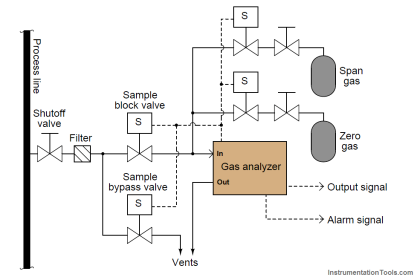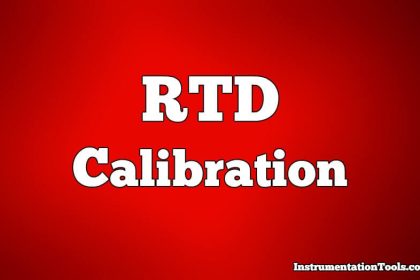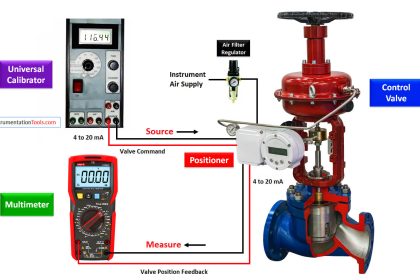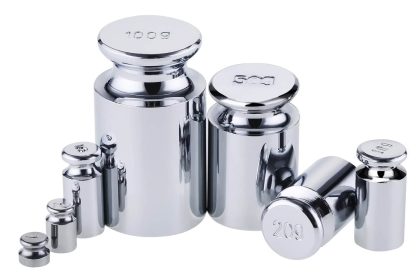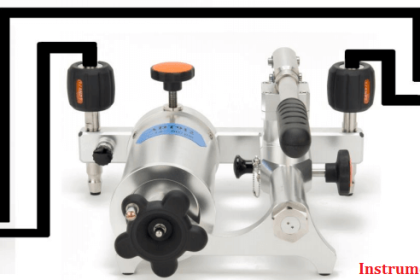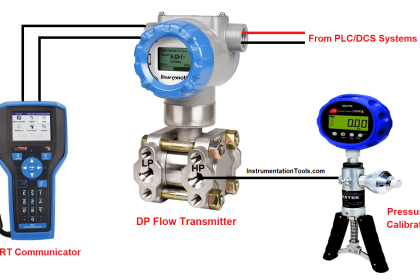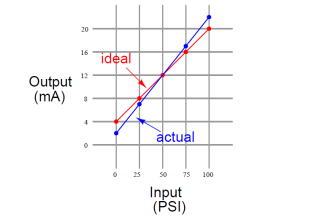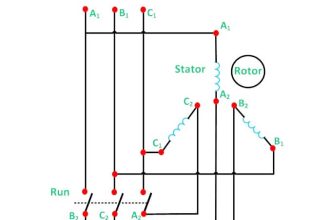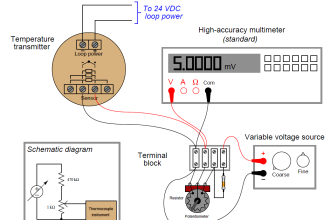There are 3 main parts of Calibration of weighing Balance
- Repeatability
- Linearity
- Eccentricity
Repeatability is further divided into Full Load Repeatability and Half Load Repeatability.
Perform Weighing Balance Calibration at the place where Balance is being used. As readings changes as a change in g value (gravitational acceleration)
Before calibration, Level the balance properly and perform internal Calibration of balance. The procedure of Internal Calibration is given in the manual balance.
Keep the Weighing balance on as per the warm-up time mentioned in the manual. Keep Weights in the same environmental conditions as per weighing balance for thermal stabilization of weights.
Specific Accuracy of weights are required to calibrate the specific accuracy of weighing balance.
Accordingly, choose the correct accuracy of weight for weighing balance calibration.
Procedure for Calibration of Weighing Balance
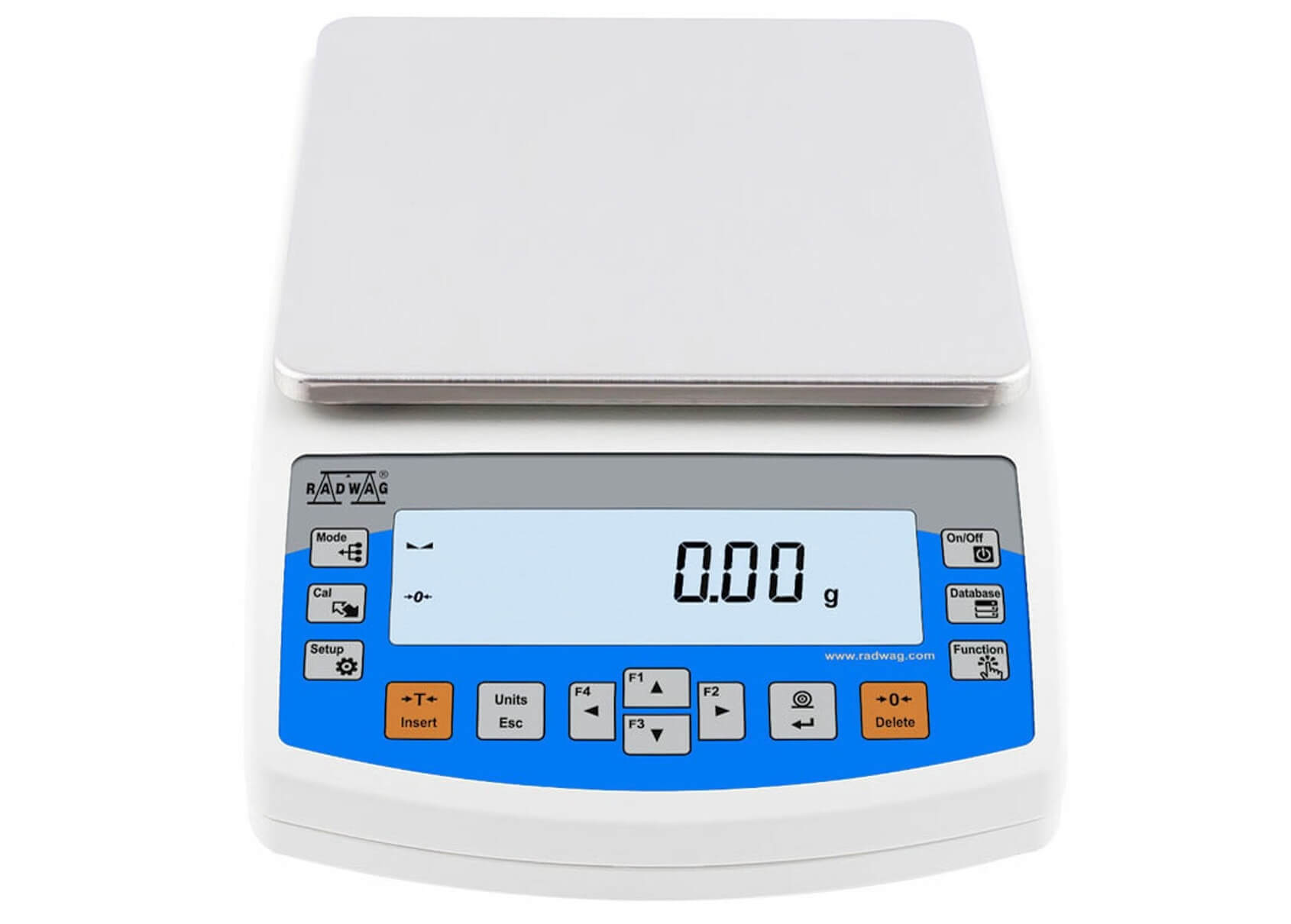
The weighing balance calibration procedure is mentioned below.
Repeatability
Repeatability is a quantitative measurement of the variation of multiple measurements taken in the same environmental conditions of weighing Balance.
This test is carried out for Full Load and Half Load of Balance
For example, for 200 g balance, the Half load is 100 g, and the Full Load in 200 g
- Press the Zero button on the Balance
- Keep weight (Half load of full load accordingly) on weighing Balance. Note down the reading
- Remove weight. Don’t zero the balance.
- Again, put weight on the weighing balance.
Repeat this step 10 times. Find Standard Deviation.
Linearity
Linearity is a deviation from the nominal value of weight.
For eg- the standard reading of a weight of 1 g is 1.00054 g and the weighing balance indicates 1.012 g. Linearity error is weighing balance is
1.00054 – 1.012= – 0.01146 g
Ideally, it should be a straight line graph between standard weight and Indicated reading. A difference is called a linearity error.
Usually, a minimum of 10 such readings of different weights are taken including No Load and the Full Load.
- Press the Zero button on the Balance
- Placed the minimum weight on the weighing Balance, and note down the reading.
- Place next weight on weighing Balance, note down the reading. (Do not zero the balance, If Zero reading is not zero, Corrected reading= Indicated Reading – Zero Reading)
- Repeat steps of Increasing order of weights and decreasing order of weights. Repeat this step two times.
Increasing Order, Decreasing Order, Increasing Order, Decreasing Order
- Take the average of each weight reading.
- Linearity=Standard Reading – Weighing Balance (UUC) Reading
(UUC is Unit Under Calibration)
Eccentricity
Ideally, the weighing Object should be exactly placed at the center of the weighing pan. But every time it is not possible to keep the object at the center. Error due to placing an object off center (away from the center) is called eccentricity.
Recommended load for eccentricity is between or equal to one-third (1/3) and a half (1/2) of the maximum capacity of the balance.
The weight used in the Eccentricity test should be single weight.
The position of Weighing on the weighing pan should be ½ to ¾ of the total distance.
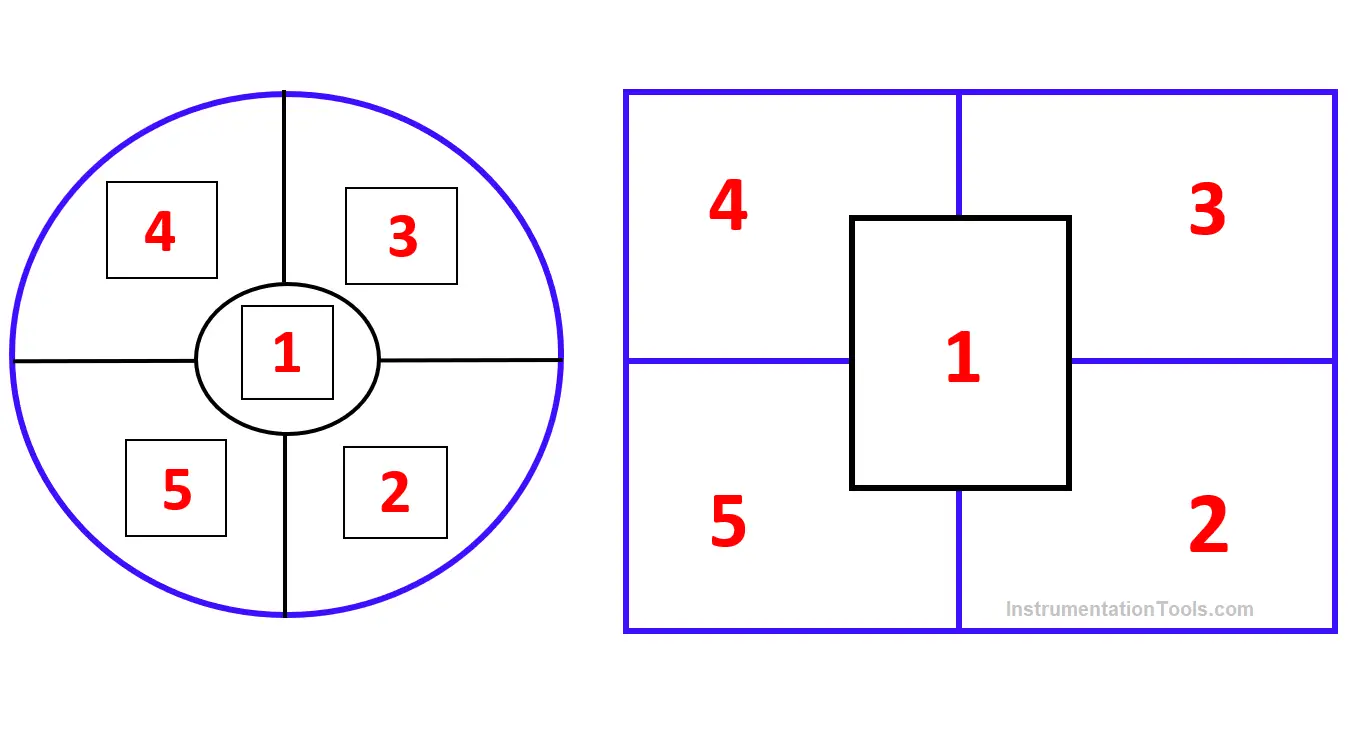
- Choose the weight between 1/2 to 1/3 of full load and place it at the center (Position 1) and note down the reading.
- Placed the weight at positions 2,3,4,5 respectively and note down the readings.
- Subtract these readings from the center reading respectively. (2-1, 3-1, 4-1,5-1)
- The maximum difference is Eccentricity.
Alternate Method:
- Tare the reading of weighing balance at position 1 of weight.
- Placed the weight at positions 2,3,4,5 respectively and note down the readings
- The maximum reading is Eccentricity
Common Mistakes while Calibration of Weighing Balance
In Linearity Test, Readings of a single weight are taken four times continuously. And then next weight readings are taken. This Way, Repeatability is the check of balance instead of linearity.
The correct way is to take readings in increasing order of Minimum to Maximum load possible and then in decreasing order from maximum load to minimum load possible. Repeat this cycle two times and find the average.
In the Eccentricity test, Weight is not chosen properly between 1/2 to 1/3 of the maximum range. The single weight is not chosen.
The correct way is to choose a single weight between 1/2 to 1/3 of the maximum range.
